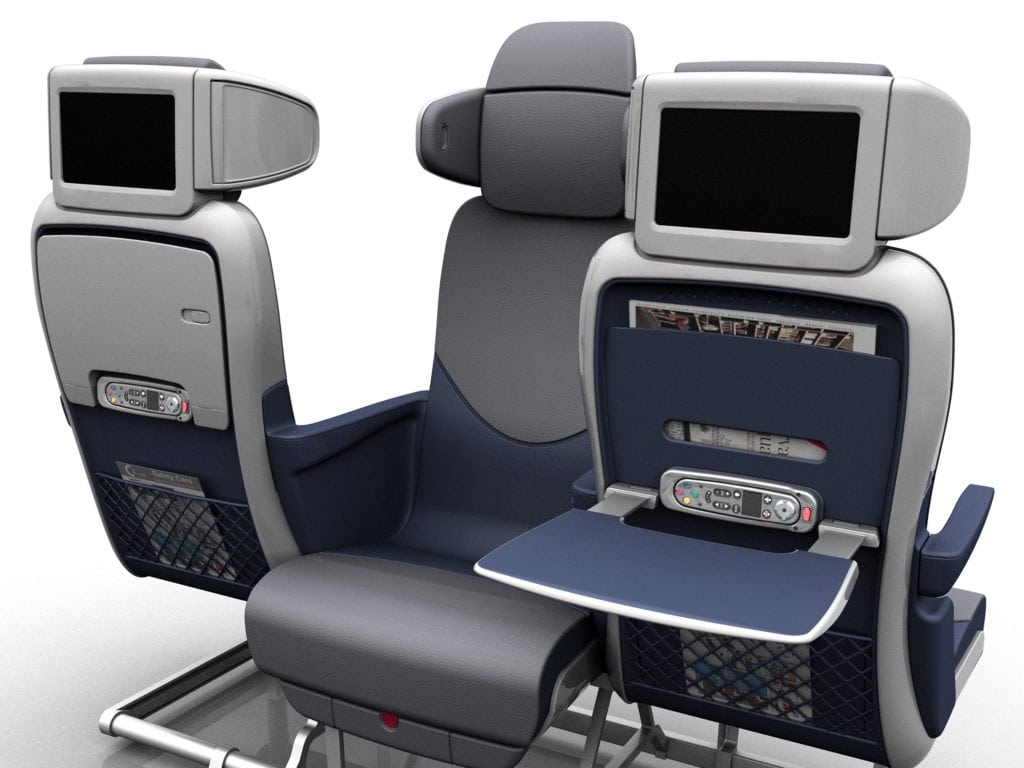This Is Why Long-Haul Coach Class Has Hardly Changed in Five Decades

Skift Take
Feel free to read as many articles as you want about new coach concept seats. But let's be honest: The coach configuration on most planes hasn't changed in decades, and it's probably not going to change any time soon.
Across London, workers at at least three design studios — the same people creating opulent premium class suites for wealthy travelers — spend a surprising amount of time thinking and doodling about how to make long-haul coach class more comfortable.
And yet, for the past five decades, almost nothing has changed. Long-haul economy class remains roughly as it was in the late 1960s, when Boeing introduced the 747, the world's first widebody aircraft. Today, as then, on planes that cross oceans you'll typically find two or three seats near the windows on each side, and three to four in a center section. About the only major difference is that the seats are a bit narrower, as airlines realized they could add more seats by shrinking each chair slightly.
"Where is the revolution?" asked Anthony Harcup, a designer at Acumen, the London firm that helped United Airlines create its new Polaris business class cabin. "The front end of the aircraft is unrecognizable from where we were 20 years ago, so it really does press the question, why does economy still look like it did?"
Yes, airlines have embraced advances that make eight to 15-hour journeys better. Travelers can usually watch television programs and movies on a screen mounted in front of them. Many airlines also now offer in-flight WiFi for a fee, allowing passengers, especially business travelers, more chances to be productive. More carriers are installing extra-wide premium economy seats, some with leg-rests, although premium economy is not really coach class despite its name.
Changes to regular coach seats, however, have been minor. The designers say the headrests are more comfortable than they were, while seats are a little thinner than in the past. They also note that one of the greatest breakthroughs happened recently when airlines discovered they could give passengers more knee room by moving the magazine rack from the bottom of the seat-back to the top. Of course, many carriers used this advance as an excuse to shrink space between seats.
Why is coach so stagnant?
It's not that no one has tried to improve economy class or even because airlines don't want to make coach more comfortable. Changing an aircraft’s interior is not an inexpensive or easy task, and so far no airline has been interested in disrupting what works. That's in part because an airline would need help from seat-makers, who are so busy churning out tradi
